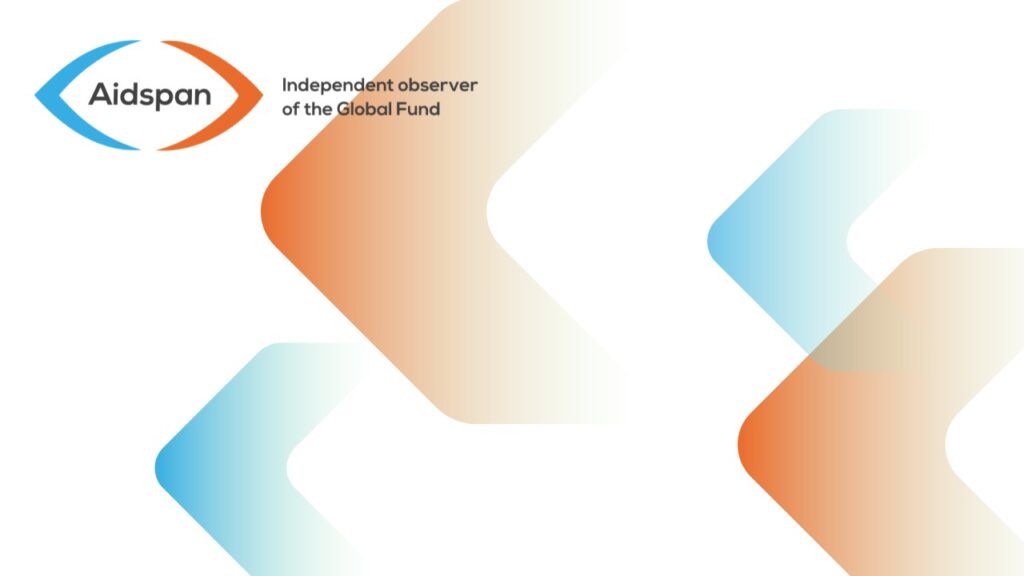
NUMBER OF PEOPLE RECEIVING ART THROUGH PROGRAMS SUPPORTED BY THE GLOBAL FUND REACHES 10 MILLION
Author:
David Garmaise
Article Type:Article Number: 4
Mid-2016 results reported
ABSTRACT Programs supported by The Global Fund added another 787,000 people on antiretroviral treatment in the first half of 2016, bringing cumulative results to 10 million. During that same period, the number of smear-positive TB cases detected and treated increased by 1.4 million (cumulative total: 15.6 million); and the number of mosquito nets distributed rose by 54 million (cumulative total: 713 million). In a comment, Aidspan says that it difficult to know how much of the increase in numbers of people receiving services is due to better counting.
In the first half of 2016, through programs supported by the Global Fund, another 787,000 people were put on antiretroviral treatment (ART) for HIV, bringing the total to date to 10 million, a 9% increase over end-2015 results and a 17% increase over the number a year ago. Three countries account for 77% of the increase from six months ago: Kenya (52%), Tanzania (16%) and Mozambique (9%). The full national result from Kenya is now included in Global Fund reporting; previously, the Global Fund captured only 50% of the national results.
In that same period, the number of smear-positive TB cases detected and treated increased by 1.4 million, bring the cumulative total to 15.6 million, a 9% increase over end-2015 results and a 15% increase over the numbers a year ago. Two high-impact Asia countries – India and Bangladesh – account for 56% of the overall increase from six months ago.
Also in the first half of 2016, about 54 million mosquito nets were distributed, bringing the total to date to 713 million, an increase of 8% over end-2015 results and a 19% increase over the numbers a year ago. The greatest number of nets were distributed in the Democratic Republic of Congo, Nigeria and Sénégal. Together, they accounted for about 75% of the increase from June 2015.
Additional results are provided in the Global Fund’s Results Factsheet dated 17 January 2017.
AIDSPAN COMMENT
It is difficult to know from the Results Factsheet how much of the increase in numbers of people receiving services represents real growth in impact and how much is the result of better counting. For example, as reported above, 77% of the increase in people receiving ART came from just three countries – one of them Kenya where the Fund is now capturing 100% of the numbers instead of just 50% previously. To its credit, the Global Fund is quite open about the reason for the increase in people receiving ART. But how much of the other increases reported in the factsheet (e.g. people treated for MDR-TB up 25% in six months) is due to better counting? The Fund relies on national reporting, so we don’t underestimate the challenges in obtaining an accurate picture of impact.
